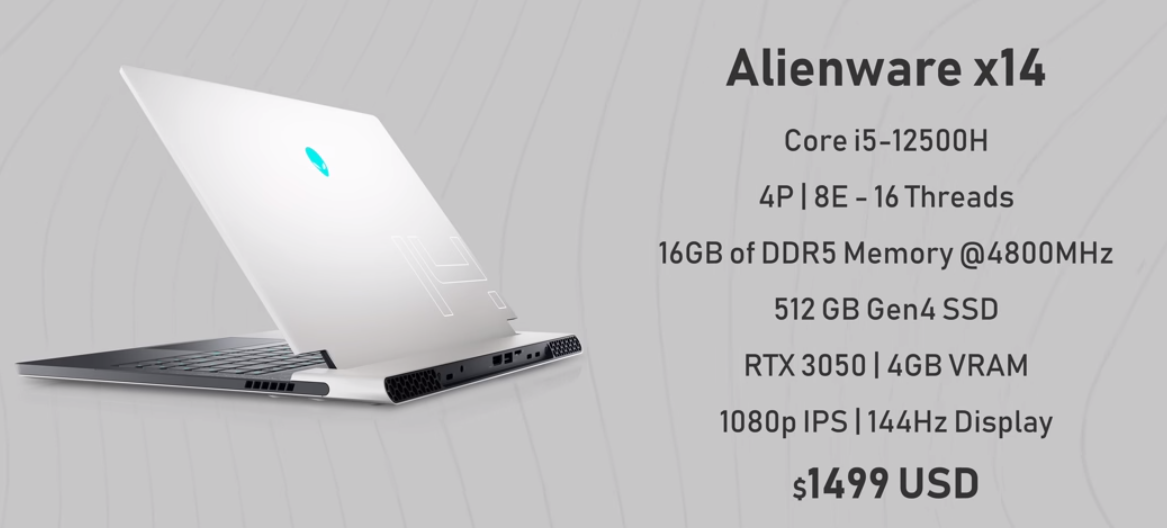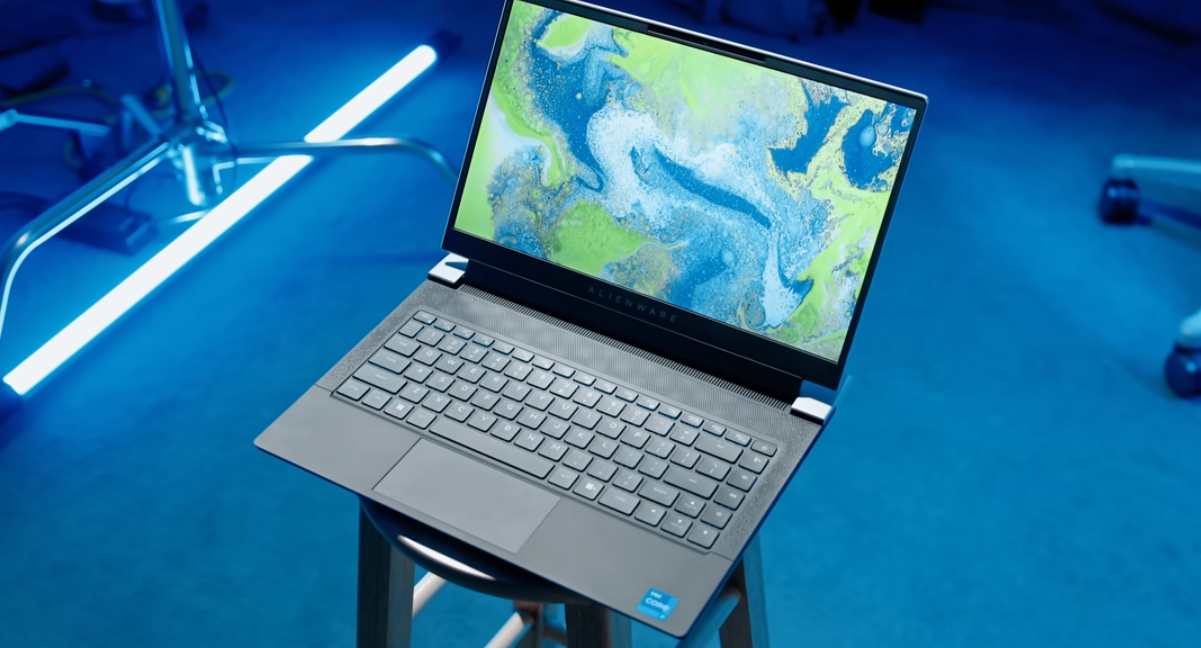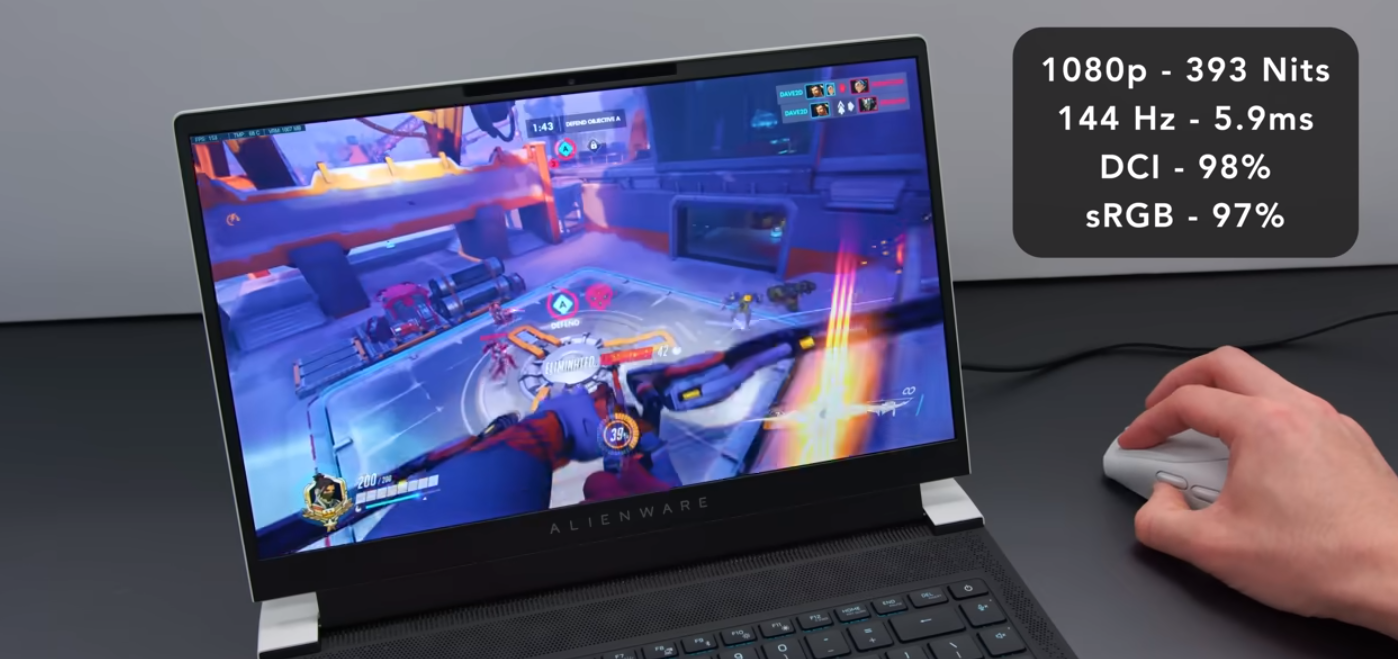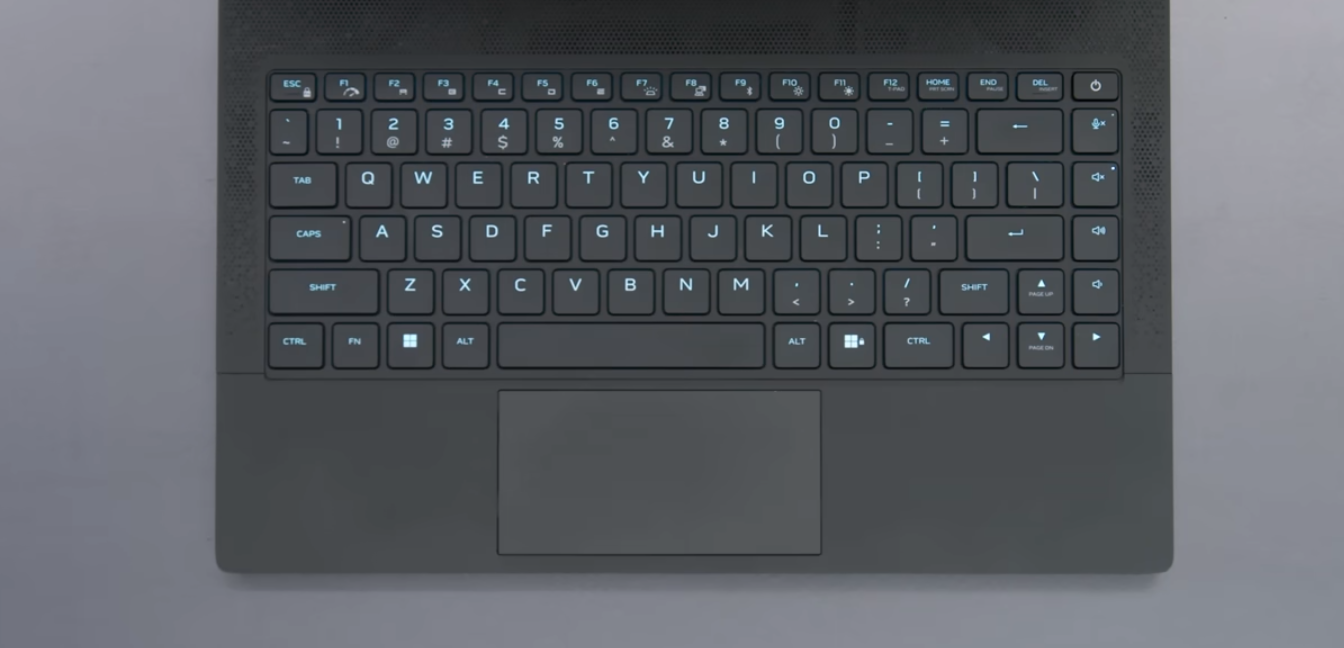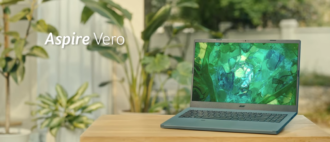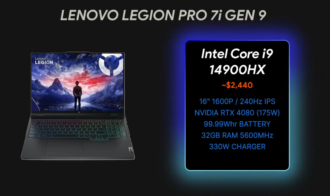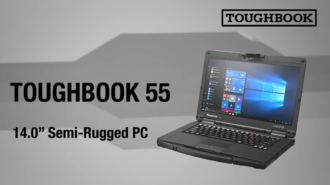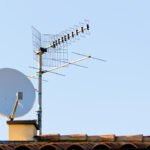Alienware x14 Review
- 1 Alienware x14 Laptop Specs
- 1.1 Price
- 1.2 Design
- 1.3 Display
- 1.4 Performance
- 1.5 Keyboard
It’s safe to say that 14-inch-screen gaming computers are popular. There are now smaller versions of the most famous 15-inch and 17-inch designs from a number of companies. With a 14-inch screen, the slim and small design makes a lot more sense than when the screen was bigger. This makes for a truly portable laptop that has good reason to be slim. The idea is backed up by internal power. You can still get more power for your money with a bigger laptop, but the Alienware x14 is a great choice if you plan to take your gaming rig with you a lot.
Alienware x14 Laptop Specs
| Processor | Intel Core i7-12700H |
| Processor Speed | 2.7 GHz |
| RAM | 32 GB |
| Native Display Resolution | 1920 by 1080 |
| Graphics Processor | Nvidia GeForce RTX 3060 Laptop GPU |
| Touch Screen | NO |
| Wireless Networking | Bluetooth, Wi-Fi 6E |
| Dimension | 0.57 by 12.66 by 10.34 inches |
| Weight | 3.96 lbs |
| OS | Windows 11 |
PROS:
- The RTX 3060 unit, coupled with a Core i7 “Alder Lake” processor, provides a smooth gaming experience at 60 frames per second or more.
- Conveniently small
- Durable power source
- Three USB-C ports, among other connections
CONS:
- Expensive
- Some serious gamers might prefer larger displays than 14 inches.
Price
Today, you can buy an Alienware X14 for as little as $1,649 (about £1,250 or AU$2,300). That will get you an Intel Core i7 processor from the 12th generation, 16GB of RAM, and an Nvidia GeForce RTX 3050. That would be enough for most esports games, and if you use DLSS, it should be more than enough for most AAA games.
If you want more game power, upgrade the GPU to an Nvidia GeForce RTX 3060 with 16GB of RAM and a 1TB SSD for $1,849 (about £1,360 or AU$2,580).
This is the configuration we’d suggest for most people, and the price is pretty good. It’s about the same as what you’d pay for other gaming laptops with similar specs, like the Razer Blade 14, which is our favorite low-profile gaming laptop. This setup costs $2,299, which is about £1,700 or AU$ 3,200. This is way too much RAM and storage room for a gaming laptop with an RTX 3060, which is the most powerful graphics card it can have. But compared to other Alienware computers, this is a pretty mild configuration.
Design
When you take the Alienware X14 out of the box and look at it, you notice right away how thin it is. It’s easy to forget that this is a gaming laptop when you pick it up and feel how light it is. This laptop is a little more than half an inch thick and weighs about 4 pounds. In many ways, it looks like a MacBook Pro or a Dell XPS 15, but it has a little bit more power for games. The one thing that makes the laptop look a little bit bigger is the bump on the back. If you were just about able to fit a 14-inch laptop in your bag before, you might need to get a bigger backpack. This is easier to carry and store than a 14-inch laptop.
But the fact that the charging cord is smaller makes up for it. This is the first Alienware laptop we’ve ever used that charges mainly through a USB-C port. The charger that comes with the box is the same one that comes with the XPS 15, and it also works fine with the charger for our MacBook Pro. As more and more devices charge through USB-C, it’s nice to have a gaming laptop that doesn’t need a separate charger.
Display
The 14-inch Full HD screen is good enough to make you feel like you are in the game. Even though it’s not as big as the 17-inch screen on the Razer Blade 17, the screen is still big enough to let you see even small details. Together, the 144Hz frame rate, 3ms response time, and Nvidia G-Sync make for a very smooth viewing experience. Yes, the FHD screen looks great, but the 1080p screen on the Alienware x14 isn’t as nice as the 4K OLED screen on the Razer Blade 17.
But since this laptop is meant to be a low-cost portable game system for beginners, it makes sense that it doesn’t have an OLED screen. Still, it might be nice to have some ways to update the panel if you want something better than 1080p 144Hz. For example, the Razer Blade 14 has either a 1080p 144Hz screen or a better 1440p 165Hz screen.
Performance
Even though this laptop is thin and light, it is not set up like a gaming laptop. This has an Nvidia GeForce RTX 3060, but unlike the one in the XPS 17, it is a 75W version of the mobile GPU, which is very close to the full-fat 80W maximum for this piece of silicon. Dell was able to do this by using a cooling system similar to what’s in the X15 and X17, but with only two fans instead of four. It’s likely because of this that this laptop only has an RTX 3060 and a Core i7, but it works well. Even though the laptop gets loud when it’s being used, it doesn’t get too hot, which lets it do a great job.
Keyboard
It also takes some time to get used to the smaller keyboard size. At first, I kept putting my fingers in the wrong places, but you’ll get used to it. The keys are backlit in one zone, and the RGB lights can be changed. This can all be done through the Command Centre software from Alienware. The touchpad is very simple and maybe a little on the small side, but it works well with taps and full presses and moves smoothly. All of this build’s ports are on the block in the back.
Most of the ports on the X15 and X17 are also in the back, but the power charger and headphone jacks are still on the left and right sides. That’s not the case here. It’s very rare for a laptop to have no ports on the left or right side, which is likely because it’s so small.

